State Park Swimming Holes
Monday, July 10th, 2017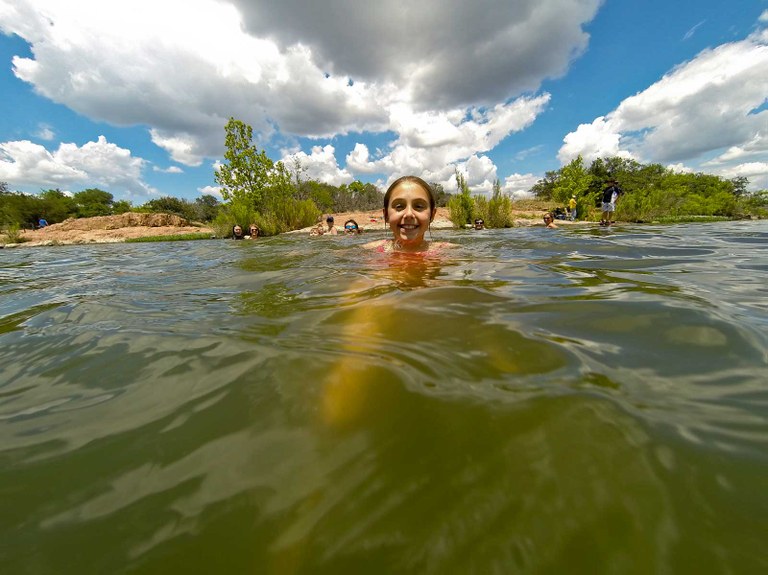
From spring-fed rivers to Texas-sized lakes, open ocean swims to diving in a pool, Texas State Parks offer a full range of swimming options
This is Passport to Texas
Summer is hot…but you don’t have to be. Many of your Texas State Parks offer visitors a refreshing alternative to air-conditioned cabin fever with their swimming opportunities.
Public swimming pools can be fun, but if you prefer a more natural setting, float your cares away at Blanco State Park, 40 miles north of San Antonio. Here you’ll find cool, clear, spring-fed swimming for anyone seeking refuge from the long Texas summer.
Deep in the heart of the East Texas Pineywoods Martin Dies, JR State Park is on the northern edge of the Big Thicket, and at the forks of the Angelina and Neches rivers. The water is flowing and just right for swimming fun. Just keep an eye out for paddlers.
About one hour from Fort Worth, Dinosaur Valley State Park allows visitors to swim in the same Paluxy River where dinosaurs roamed 113-million years ago.
Garner State Park near Uvalde is home to 10 acres of Frio riverfront, giving visitors plenty of space to swim the clear water, scoot the rapids in inner tubes, or even rent pedal boats. Just arrive early so you can get in.
Find listings of state park swimming opportunities, and safety tips, when you log onto texasstateparks.org.
That’s our show for today… Funding provided in part by Ram Trucks. Guts. Glory. Ram
For Texas Parks and Wildlife, I’m Cecilia Nasti.

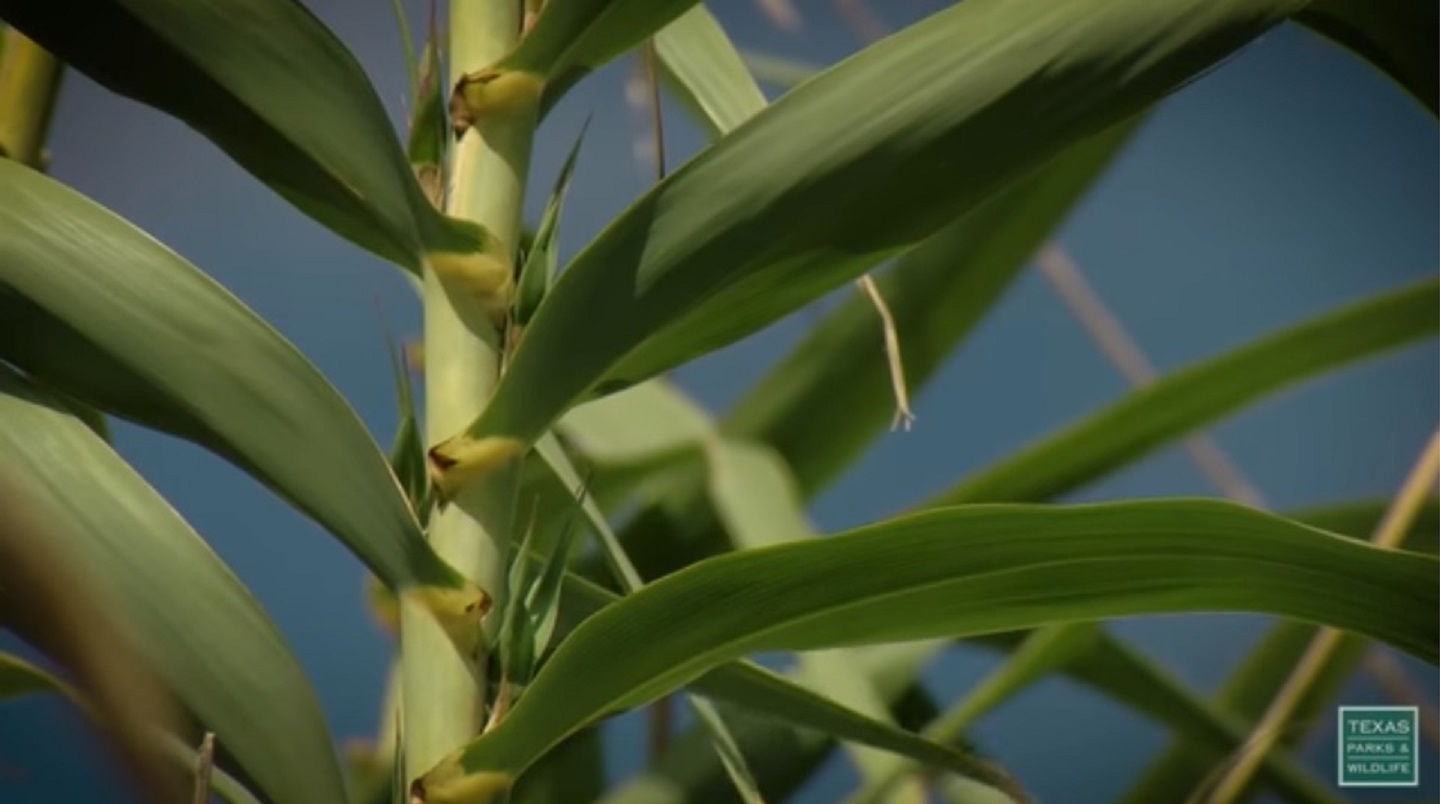
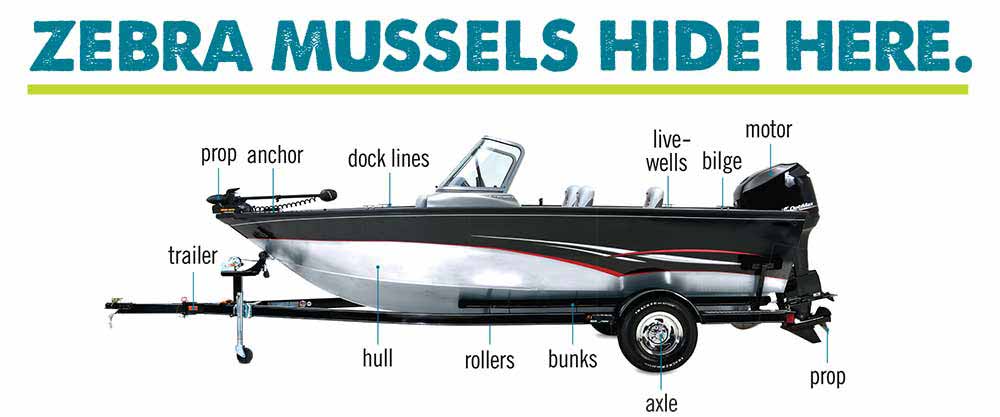
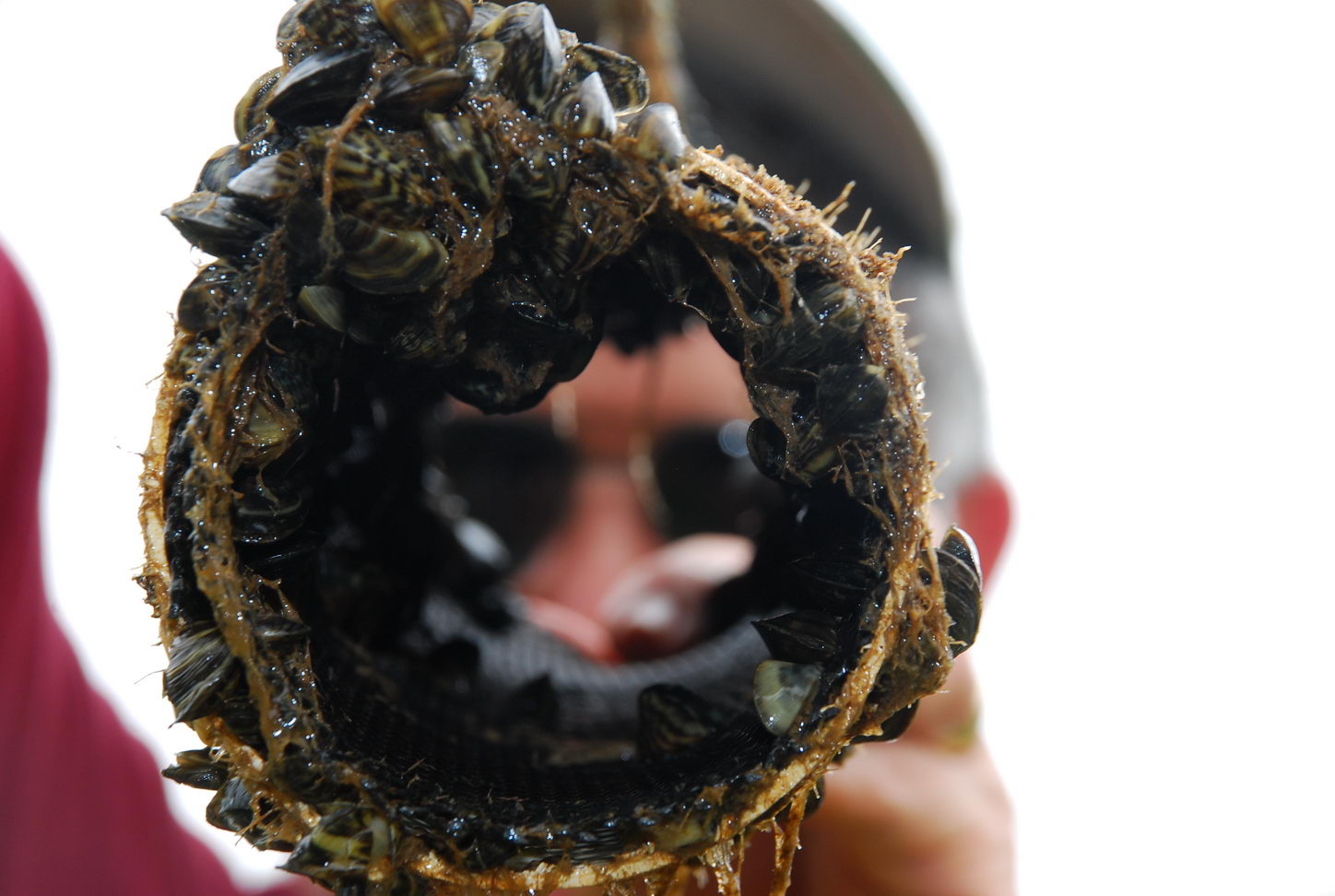
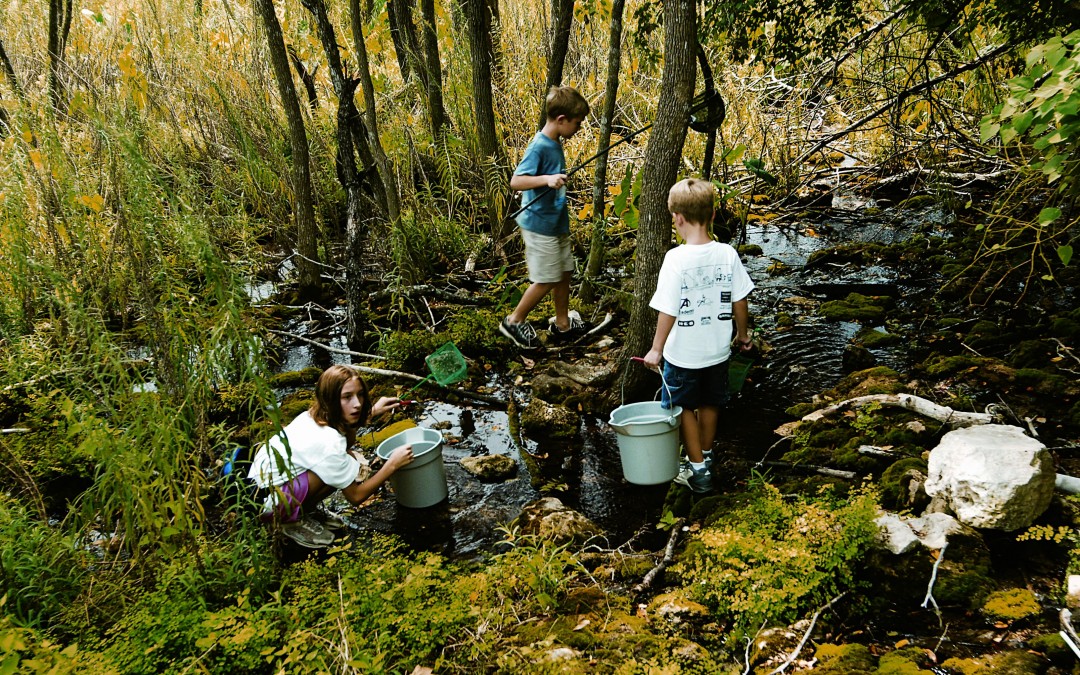

 Passport to Texas is a
Passport to Texas is a  Passport to Texas is made available by:
Passport to Texas is made available by: